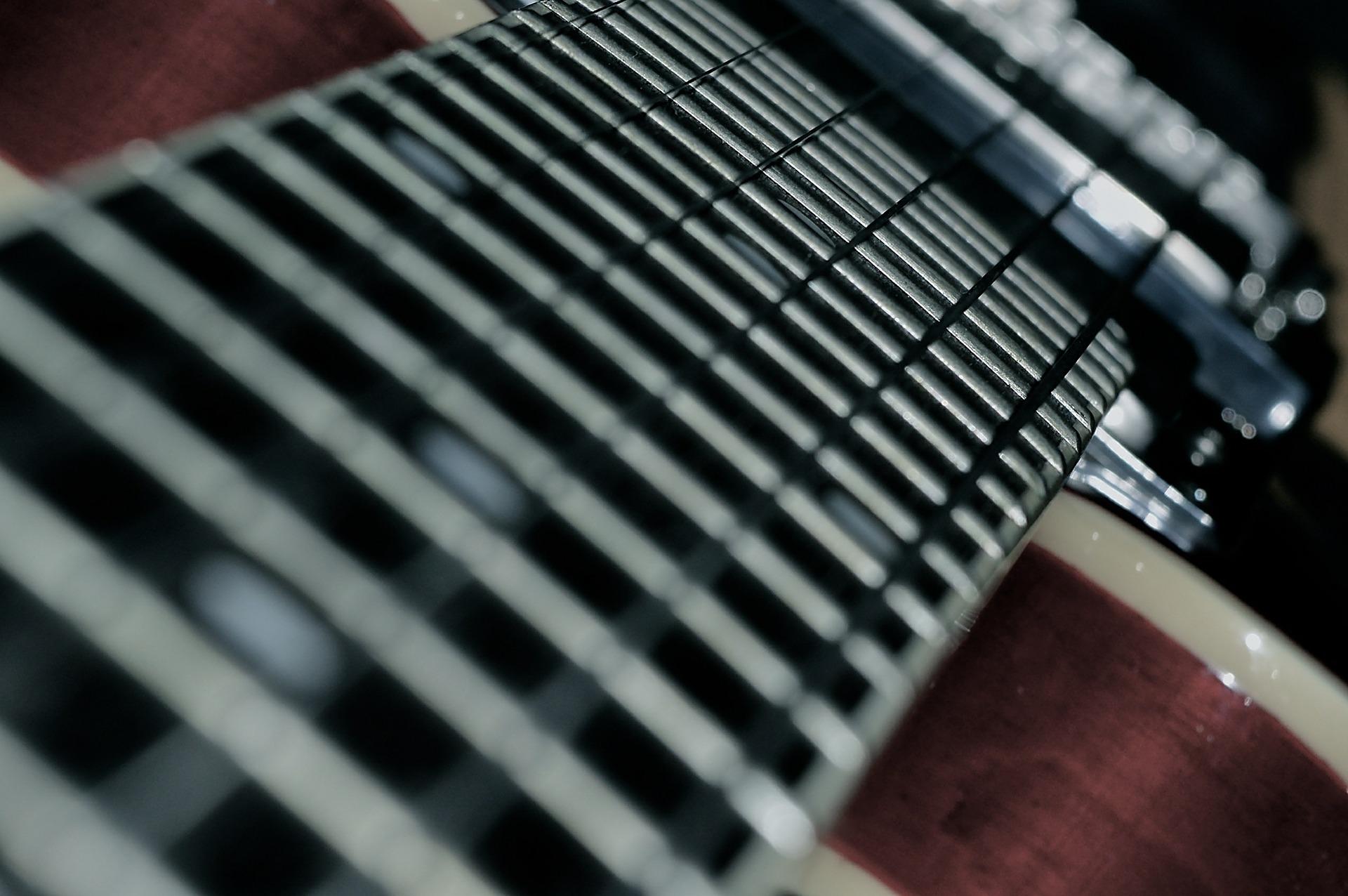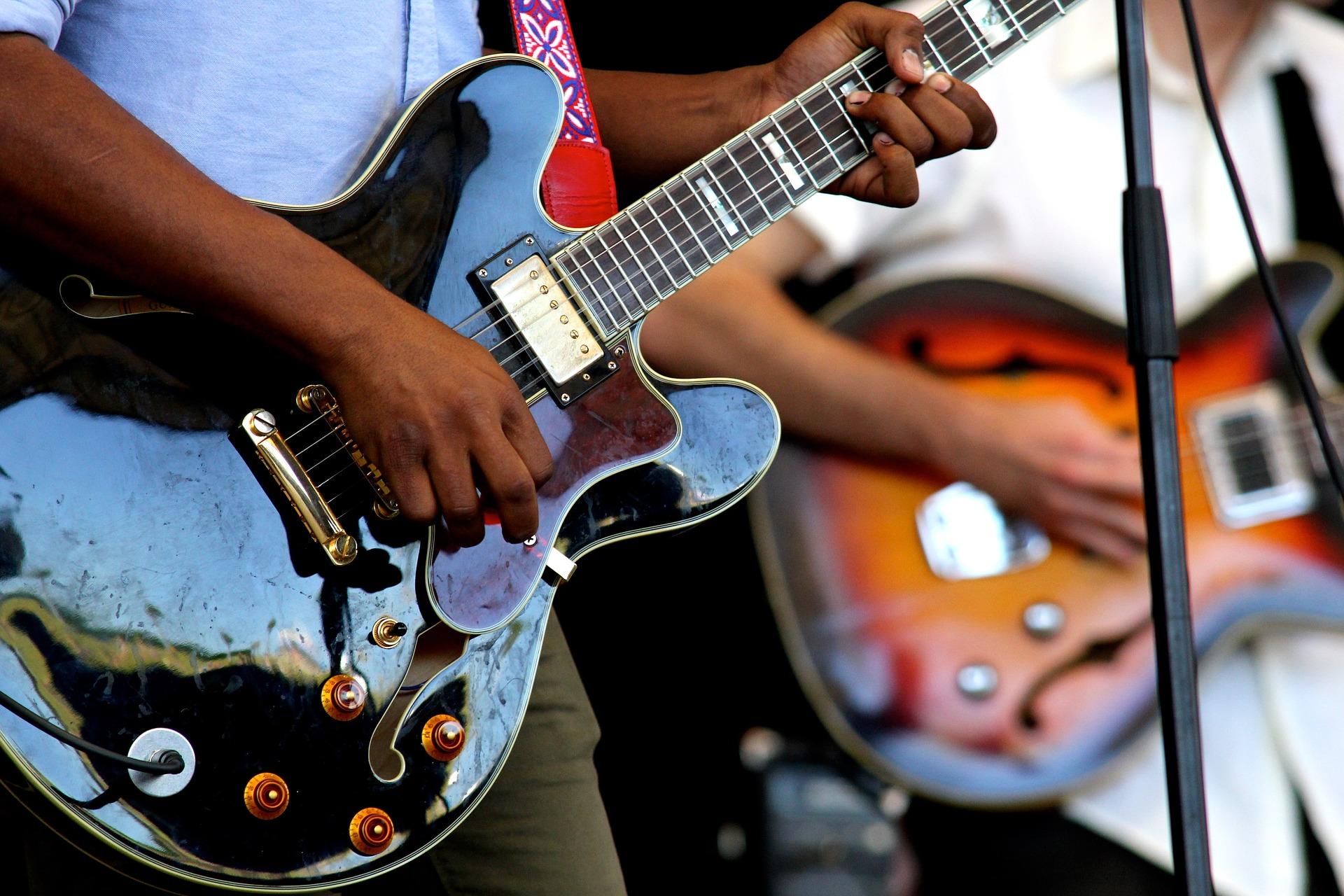“Without music, life would be a mistake.” - Friedrich Nietzsche
Almost everyone in the UK likes music. You can hear a song and be reminded of a time, a place, a smell, a person. What if you could create new memories and experiences by learning how to play the guitar? C major scale, barre chords, rhythm, etc. There’s a lot to learn about one when you start playing the guitar. Whether you want to play blues guitar, rock guitar, or jazz guitar, it's important that you learn more guitar theory as it'll help you with creating chord progressions, playing an arpeggio, and writing guitar licks and riffs. So shall we have a look at the pentatonic scale?

What Is the Pentatonic Scale?
It’s the scale that every guitarist should know if they want to improvise or play solos. A pentatonic is a scale that includes five notes. After all, “penta” means five and “tonic” means notes. 
- They’re easy to learn.
- They’re easy to play.
- There are plenty of situations where they can be used.
Whether you’re playing pop, reggae, blues, metal, folk, etc., the pentatonic scale can be found almost everywhere. It’s the Swiss army knife of scales and every guitar player should learn to play it.
How Can You Work on Scales on the Guitar?
First of all, make sure that your left hand is in the right position with your thumb behind the neck and your fingers curled towards the six strings. 
The Minor Pentatonic Scale
The minor pentatonic scale is the most important scale when it comes to rock guitar playing. It’s sometimes referred to as the rock scale or the solo scale. 
- I to III: Three semitones.
- III to IV: A tone.
- IV to V: A tone.
- V to VII: Three semitones.
- VII to I: A tone.
You’ll notice that there are the I, III, IV, V, and VII degrees. The II and VI degrees aren’t part of the pentatonic scale. Here are two simple ways to remember the intervals of the scale:
- 1.5T - 1T - 1T - 1.5T - 1T
- 3 - 2 - 2 - 3 - 2
The second method is the number of frets between each note. Don’t hesitate to try this out on your guitar by starting from any given note. There are plenty of ways to play the pentatonic scale. However, there are 5 scale diagrams or positions that you can use for making your life much easier.
The First Two Positions of the Pentatonic Minor Scale
The first position of the pentatonic minor scale is the simplest. Let’s start with A. The fingering isn’t that complicated.
- The index finger will play the 5th fret.
- The ring finger will play the 7th fret.
- The pinky will play the 8th fret.
The second position of the pentatonic scale is a little harder to memorise but there are several possible fingerings. The simplest fingering is the following.
- Low E string: index finger on the 8th fret, ring finger on the 10th fret.
- A string: index finger moves to the 7th fret, pinky on the 10th fret.
- D string: same as the A string.
- G string: index finger on the 7th fret, ring finger on the 9th fret.
- B string: index finger moves to the 8th fret, ring finger on the 10th fret.
- High E string: same as the B string.
Advice for Fingering and Playing Scales
Don’t lift your fingers too far from the fretboard, this will help you improve the speed of your playing. It’s better to stay close to the strings so that you don’t lose any time. Check for blues guitar lessons here on Superprof. 
- Play the right notes with the right fingers.
- Play using a back and forth motion on your right hand.
- Play the scale according to a certain rhythm.
The Major Pentatonic Scale
The major pentatonic scale is just a minor pentatonic scale that starts on the third. The scale diagram for the first position of the major pentatonic is the same as the second position of the pentatonic minor. It’s a major scale because there are two full tones between the tonic and the third. A pentatonic major is little more than a diatonic major scale but without the semitones. The pentatonic minor scale has the following structure:
- I to II: A tone.
- II to III: A tone.
- III to IV: Three semitones.
- V to VI: A tone.
- VI to I: Three semitones.
In the pentatonic major scale, the I, II, III, V, and VI degrees are used. The IV and VII degrees are absent from this scale. The structures of the pentatonic major and pentatonic minor scales are very similar and are only three semitones apart. Here are two simple ways to remember the intervals of the scale:
- 1T - 1T - 1.5T - 1T - 1.5T
- 2 - 2 - 3 - 2 - 3
The second of these two methods is the intervals in the scale in terms of frets. For example, the A major pentatonic scale is the following: C D E G A C You’ll notice that there are two notes between the C (tonic) and the E (the third), something which is characteristic of a major scale. Would you like to get guitar lessons London? You should also work on the chromatic scale to warm up.
How to Work on the Major Pentatonic Scale?
If you’re a beginner, don’t worry too much about the theory and just go straight onto the practice. Of course, the theory is important if you want to improvise and compose music. The major pentatonic scale has five positions which you can play anywhere on the neck. The major scale and the pentatonic major scale are very similar. This is normal, the major scale is the foundation of all other scales. In fact, all other scales are variations of the major scale. Working on all of them together can help you to memorise them and to better understand them. This is a great way to work on your musical ear, your dexterity, your improvisation, and transitioning from one scale to another. The pentatonic major scale is less common than the pentatonic minor scale but it’s just as interesting. The fingering for the pentatonic minor scale is exactly the same as those for the pentatonic major scale. You just have to pay attention when you’re playing and know whether you’re playing a major or a minor scale. With a bit of practice, you should be able to master these scales in very little time! If you're still struggling, you should consider getting a beginner guitar lesson with a private tutor. On Superprof, a lot of tutors offer a free guitar lesson for the first hour. This is a great opportunity to talk to the tutor, find out how they can help you, and work out exactly what you want to learn to do on the guitar. Beginners can focus on a simple guitar chord progression or simple melodies while intermediate and expert players can choose to focus on some blues licks, guitar solos from their favourite songs, or more demanding techniques. Find good online guitar lessons here on Superprof.
















